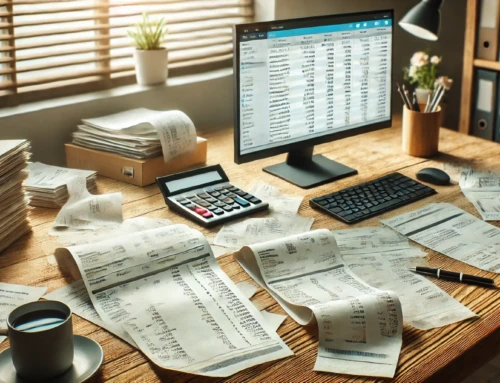Whenever I sign up a new client, I make a point of always asking the question; How do you price your services? The answers I get are often surprising and not what you might expect.
The reason I ask this is because, in my opinion, pricing is the number one reason why businesses fail. Lack of cash flow is a close second but often the lack of cash flow can stem from a badly priced product or service.
The answer I want to hear from my new client is that they have assessed exactly what their costs are and have taken these into consideration when calculating price.
The answers that often come back are:
- We use the spreadsheet from my previous job.
- We use £xx a square metre.
- We just pluck a figure from the air or an equivalent of this.
When I hear this and then scrutinize the basis for the figures, it doesn’t take long to realise that the business needs a new pricing model.
Costs
Don’t get me wrong, the basis for pricing doesn’t have to be solely on cost, it does depend on many factors such as:
1. Who you are selling to – the price to the wealthy may be higher
2. What your reputation is – booking a celebrity chef for your dinner party will cost a whole lot more than a local one
3. The value consumers place on your brand – people will pay more for a well-known brand.
Even if you are lucky enough to fall into one of these categories, then I argue that you still need to know the cost of your product or service.
At a recent meeting I asked “the question” to a loss making client who was struggling for cash flow and they told me that they used a set price for a particular service. I asked how they had arrived at that price and they answered that they were not sure.
So we undertook a cost analysis of the particular item and arrived at a price that was twice what they had been charging. I worked with them to create a bespoke pricing sheet that they now use to price every job. They no longer make a loss.
Perception
The final factor in pricing is perception.
The price you put on your product or service has a direct link to how your customer views it.
If you are cheap then the customer may feel that there is something wrong with the product or that you won’t deliver.
Too expensive and they just won’t buy unless you have a strong brand or reputation to help make your brand and reputation desirable.
So my advice is to work out your costs first, then use this as a basis for pricing before considering the other factors discussed above.
At least you will be charging enough to cover your costs and avoid making a loss.






